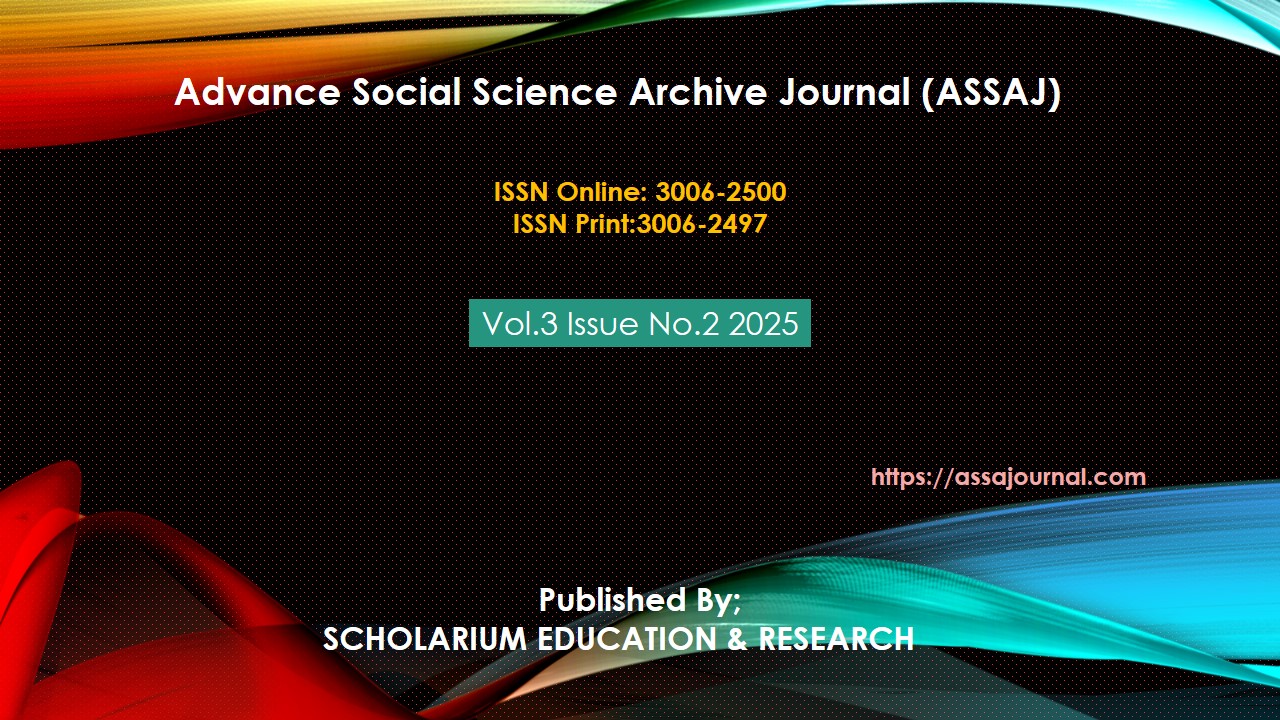(Post)Colonial Desire for Racial Supremacy in Hamid’s The Last White Man
Abstract
This paper examines Mohsin Hamid’s novel The Last White Man by applying Robert J. C. Young’s theory of colonial desire. It addresses the problem of how race and supremacy are portrayed in the novel. The study aims to reveal how Hamid critiques racial supremacy and explores identity, transformation, and colonial legacy in a postcolonial context. Using Young’s framework on colonial desire, the study conducts a close textual analysis of the novel’s plot and characters. This method identifies how characters’ transformations reflect colonial power dynamics and psychological effects. The findings show that the novel challenges socially constructed racial hierarchies. Anders’s involuntary change of skin color is interpreted as a metaphor for destabilizing white privilege and revealing the psychological impact of colonial ideology. This study concludes that by focusing on colonial desire the novel critiques racial supremacy and demonstrates the legacy of colonial attitudes in modern identity formation.
Keywords: Colonial Desire, Race, Supremacy, Transformation, Metaphor





